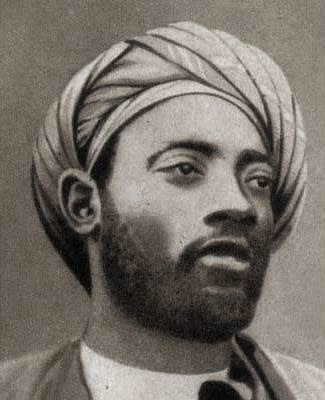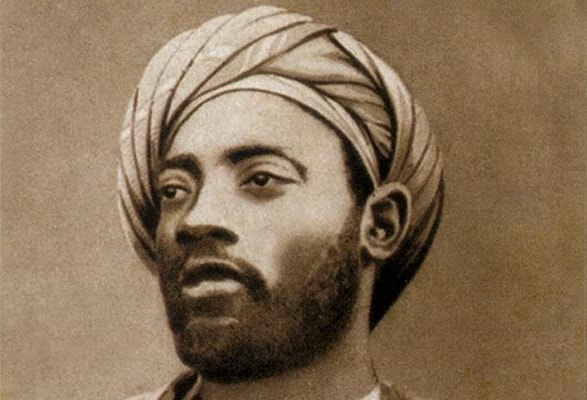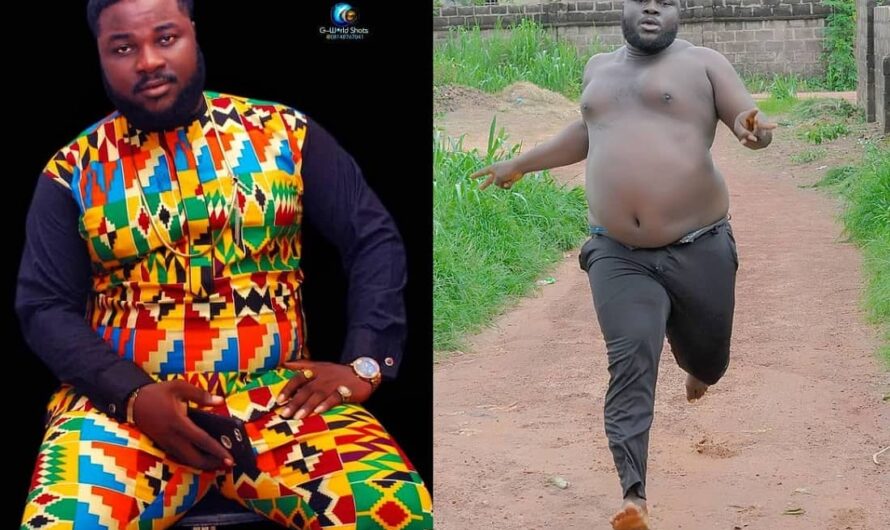A commonly cited reason for maintaining, or expanding, criminalisation of
homosexuality in Africa is that it is “un-African” or, in other words, a
foreign phenomenon.
But do you know that way before the British came, Ugandan King Mwanga II was engaging in sexual relations with his male subjects?
King Mwanga II, who was known as the Kabaka, has been documented by numerous researchers to have had sex with his male subjects.
A report by the NGO Sexual Minorities Uganda (SMUG) titled “Expanded Criminalisation of Homosexuality in Uganda: A Flawed Narrative” reported how Ugandan martyrs were burnt to death between 1885 and 1887 on the orders
of King Mwanga II, for denying him gay sex when they converted to
Christianity.
Mwanga, apparently fought Christian missionaries who attempted getting him to stop having sex with his male subjects.
He is said to have even executed Christians who dared question his sexuality.
 |
| King Mwanga II |
The SMUG’s report is a response to the anti-gay bill proposal passed in Ugandan parliament in 2009, and is aimed to prove that same sex relationships existed throughout Africa, including the territories that now form Uganda, before colonisation.
The
first documented case of homosexuality has been traced to Egypt
(Africa) in 2400 BCE. Khnumhotep and Niankhkhnum, two male “overseers
and manicurists of the Palace of the King” were depicted in a
nose-kissing position in Egyptian art.
The Nzinga – a warrior woman in the Ndongo Kingdom of
the Mbundu – who ruled as ‘‘King” rather than “Queen”, was documented by
a Dutch military attaché, in the late 1640s, dressed as a man,
surrounded in her harem by young men dressed as women she called
“wives”.
E. Evans-Pritchard also recorded that the Azande, or
Zande of Northern Congo, practised an institutionalised traditional
custom, which allowed older warriors to marry younger men, who were
between 12 and 20 years old. They served them as “wives”.
The warriors,
according to anthropologists, paid a “bride-price” to the family of the
young men they married, just as happens in heterosexual marriage
contracts within the same traditional setting.
The “boy-wives”
served their “warrior-husbands” sexually, and domestically. Once
married, the warrior-husband referred to his boy-wife’s parents as “gbiore” (father-in-law) and “negbiore” (mother-in-law).
Also,
effeminate transvestites in 17th century Angola, were documented by
Portuguese priests Gaspar Azevereduc and Antonius Sequerius, to have
been married by men. Such marriages were purportedly “honoured and even
prized”.
Similarly, men who dressed and behaved as women in
northwest Kenya and Uganda’s Iteso society had sexual relations with
other men.
Same-sex practices were also recorded among the Banyoro and
the Langi, while in pre-colonial Benin, homosexuality was apparently
seen as a natural phase for growing boys.
There are several other
accounts that proves homosexuality is intricately interwoven into many
African traditions, and, therefore, cannot be labeled as un-African as
it predates colonialism.
It is however homophobia, not homosexuality, that was introduced with the British invasion.



